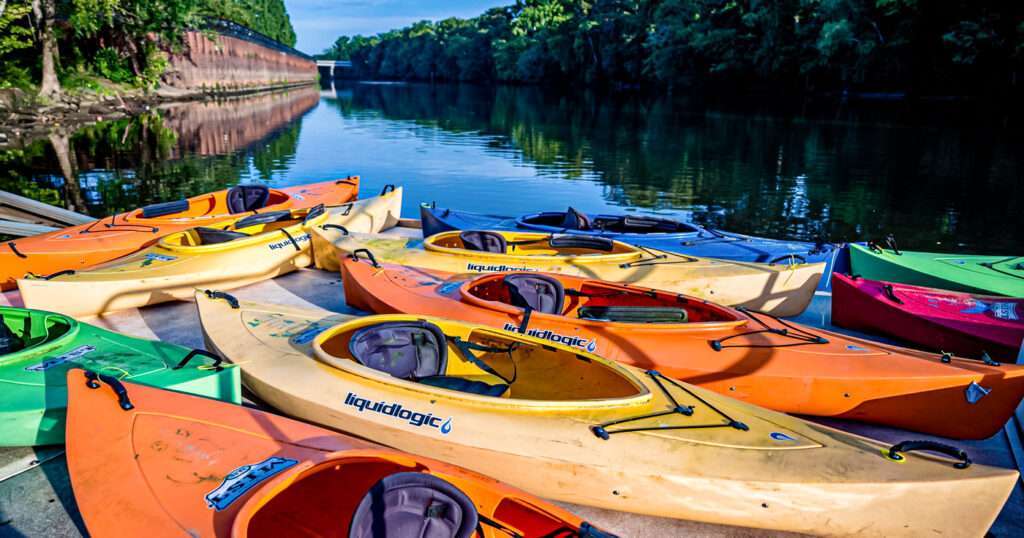Touring kayaks are longer and more stable than white-water kayaks and are designed to stay upright even in rough ocean surf. They have long waterlines and low centers of gravity that make them track well and eat up minor jolts and waves. Nonetheless, even the most stable touring kayak is not capsize-proof. Learning to prepare and paddle your kayak proficiently can make the difference between staying high and dry and getting cold and wet.
Step 1
Center and strap in all of your gear to keep your kayak balanced. Make sure that weight is distributed evenly from side to side. When you sit up straight in your kayak, it should be perfectly level.
Step 2
Learn the low support stroke. This stroke will allow you to right your boat when it has partially capsized, preventing it from flipping. Brace your legs against the kayak and hold your kayak paddle horizontal near the deck of the kayak with the back of the kayak blade parallel to the water. Tip the kayak until the tip of the blade touches the water. It should stop you from tipping any further. To right the kayak, slide your hips toward the blade. This will stabilize the kayak and straighten it up.
Step 3
Learn the high support stroke to right your boat. Hold the kayak paddle at shoulder height with your elbows directly below it. Arrange the paddle so that the front of the blade is parallel to the water and lean over to start the kayak capsizing. When the blade touches the water, flip your hips toward the kayak blade in the water. When done right, this will right the kayak.
Step 4
Check the weather before you go kayaking. Stay in if the surf is going to be high or if there is more wind than you feel comfortable paddling in. Both high wind and high waves can flip your kayak.
Step 5
Paddle into big waves or directly away from them. Kayaks are more likely to roll when hit by waves from the side.
Step 6
Use the high or low support stroke to brace and right your kayak when it begins to tip. Either stroke will prevent you from capsizing, but the low support stroke is easier to execute.

